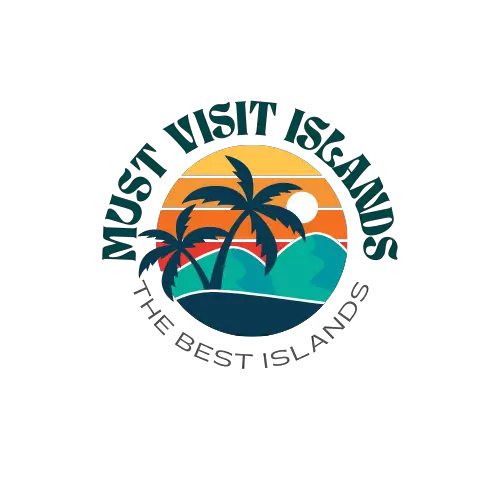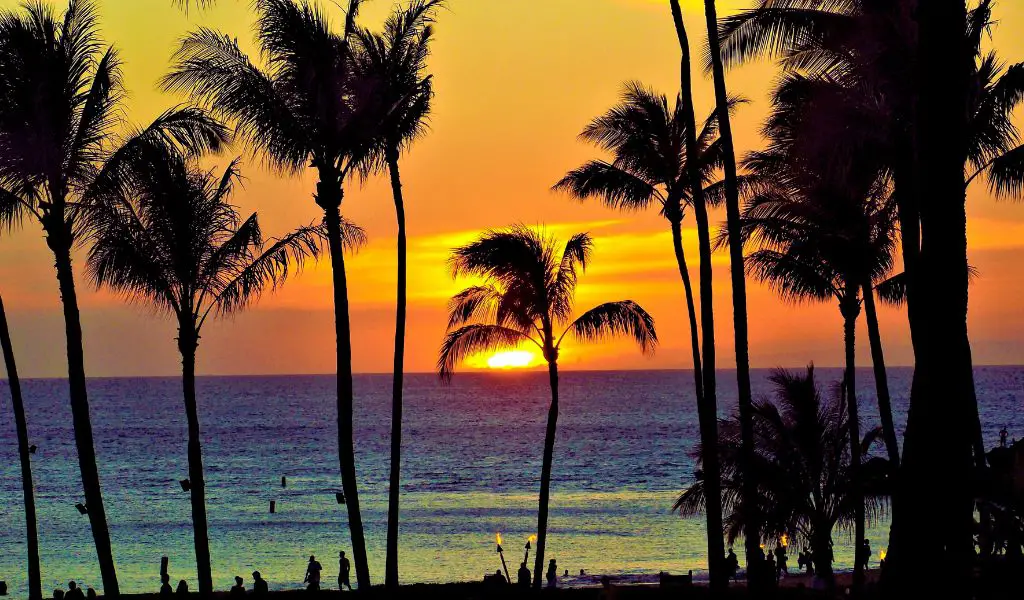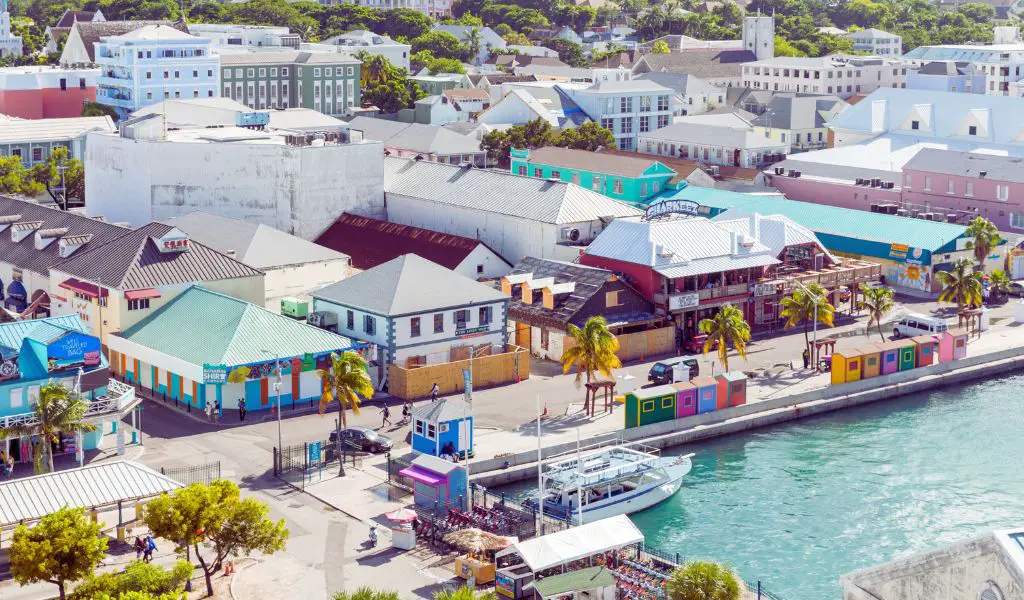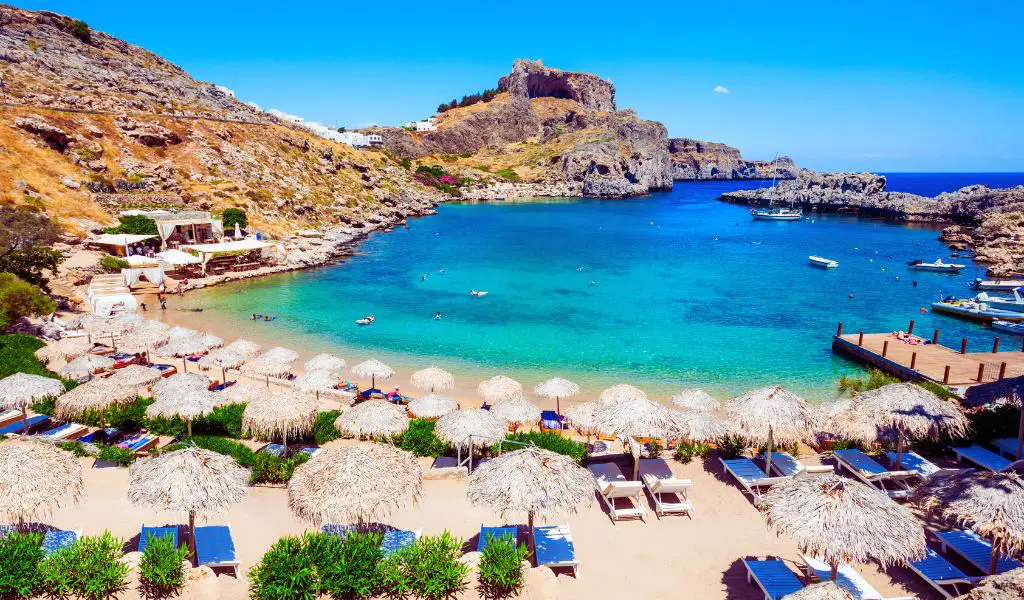The island of Hawaii, affectionately known as the “Big Island,” is the largest in the Hawaiian archipelago and offers a diverse range of landscapes and experiences. From the snow-capped peaks of Mauna Kea to the molten lava flows of Kilauea, the Big Island is a testament to nature’s awe-inspiring power and beauty.
Geography
Geographically, the island is unique in its diversity. It’s home to 11 of the world’s 13 climate zones, which means visitors can experience everything from arid deserts to lush rainforests and even snowy mountaintops, all on one island.
This varied topography has been shaped by millions of years of volcanic activity, with the island still growing due to the active Kilauea volcano.
History
Historically, the island of Hawaii has been a significant cultural center for native Hawaiians.
Ancient Hawaiians believed that the island’s Mauna Kea was the meeting point of the earth and the heavens, making it a sacred place of worship.
Petroglyphs, ancient temples, and royal grounds can be found scattered across the island, offering a glimpse into Hawaii’s rich past.
Activities
For those seeking activities, the Big Island is a playground.
The island’s vast landscapes provide the backdrop for a plethora of outdoor adventures.
Whether it’s hiking to the summit of Mauna Kea, snorkeling in Kealakekua Bay, or witnessing the mesmerizing glow of molten lava at night, the island promises unforgettable experiences.
Population
The island of Hawaii has a population of approximately 200,000 residents.
When to Go
he best times to visit the island of Hawaii are during its dry season, from April to October. However, its diverse climate ensures a unique experience year-round.
How to Get There
The island is served by two major airports: Kona International Airport (KOA) on the west side and Hilo International Airport (ITO) on the east side.
Highlights
Volcanoes National Park: Home to the active Kilauea volcano, offering visitors a chance to witness live lava flows.
Mauna Kea Observatories: A world-renowned astronomical research facility atop the island’s highest peak.
Waipio Valley: Known as the “Valley of the Kings,” it’s a place of stunning beauty and historical significance.
Akaka Falls: A majestic 442-foot waterfall set amidst a lush tropical rainforest.
What You Should Know
Currency: U.S. Dollar (USD).
Language: English and Hawaiian.
Safety: The island is generally safe, but visitors should be aware of natural hazards, especially when near volcanic areas or during hikes.
FAQs about the Island of Hawaii
Is it safe to visit areas with volcanic activity?
Yes, but it’s essential to follow safety guidelines and stay within designated viewing areas.
What’s the difference between the island of Hawaii and the state of Hawaii?
The island of Hawaii is one of the eight main islands in the state of Hawaii. It’s often called the “Big Island” to avoid confusion.
Are there cultural activities or events to experience?
Absolutely! The island hosts various cultural festivals, workshops, and events throughout the year, celebrating Hawaiian traditions and heritage.




